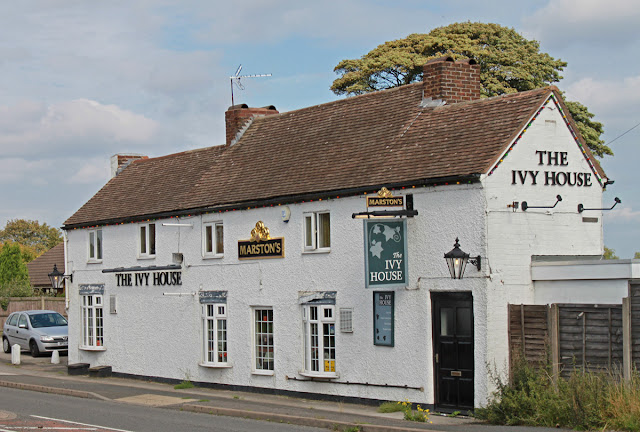A collection of articles from the Shropshire Magazine 1950 - 1965
Shropshire Libraries
This collected group of articles were published in 1980 covering the various canals in Shropshire.
Its an eclectic set of articles covering a lot of canals in very different styles and therefore represents something of a lucky dip for a reader interested in the region's waterways.
The book kicks off with a series of ten walks by Lilian Hayward, conducted in the days when things busses and trains offered viable ways of getting back to the starting point. Her initial articles follow the Shrewsbury canal from end to end which I found fascinating, but then she switched to the Llangollen and Shropshire Union Canals which whilst interesting, didn't offer the same historical perspective as the abandoned canals.
Then E A Wislon picks up the tale with a more historically orientated set of accounts of the Ellesmere Canal, which again covers the Llangollen and its various arms. All good interesting stuff for historians.
A handful of random 'one off' articles are thrown in before the book really gets into its stride as far as I am concerned. There are four excellent articles about Telford's Tub Boat Canals by W Howard Williams, complete with accurate hand drawn maps, followed by a review of the non navigable Newport Junction Canal with a view to encouraging restoration by "Kiwi".
All in all this book offers a fascinating insight into the various canals of Shropshire as the existed over half a century ago. In themselves they seek to look backwards but in their telling they offer a contemporary insight into the state of the waterways in the 1950's and 60's and provide a reliable source of information for canal historians.




















































